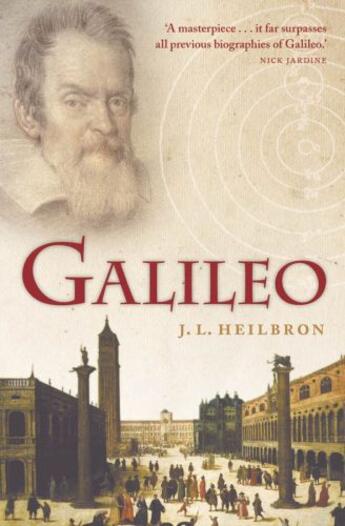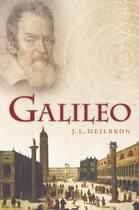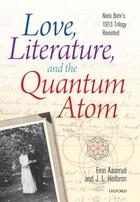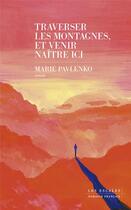-
Nombre de pages : (-)
-
Collection :
(-)
-
Genre :
(-)
-
Thème :
Non attribué
-
Prix littéraire(s) :
(-)
Résumé:
Just over four hundred years ago, in 1610, Galileo published the Siderius nuncius, or Starry Messenger, a 'hurried little masterpiece' in John Heilbron's words. Presenting to the world his remarkable observations using the recently invented telescope - of the craters of the moon, and the... Voir plus
Just over four hundred years ago, in 1610, Galileo published the Siderius nuncius, or Starry Messenger, a 'hurried little masterpiece' in John Heilbron's words. Presenting to the world his remarkable observations using the recently invented telescope - of the craters of the moon, and the satellites of Jupiter, observations that forced changes to perceptions of the perfection of the heavens and the centrality of the Earth - the appearance of the little book is regarded as one of the greatest moments in the history of science. It was also a point of change in the life of Galileo himself, propelling him from professor to prophet.
But this is not the biography of a mathematician. Certainly he spent the first half of his career as a professor of mathematics and has been called 'the divine mathematician'. Yet he was no more (or less) a mathematician than he was a musician, artist, writer, philosopher, or gadgeteer. This fresh lively new biography of the 'father of science' paints a rounded picture of Galileo, and places him firmly within the rich texture of late Renaissance Florence, Pisa, and Padua, amid debates on the merits of Ariosto and Tasso, and the geometry of Dante's Inferno - debates in which the young Galileo played an active role.
Galileo's character and career followed complex paths, moving from the creative but cautious humanist professor to a 'knight errant, quixotic and fearless', with increasing enemies, and leading ultimately and inevitably to a clash with a pope who was a former friend.
Donner votre avis
















